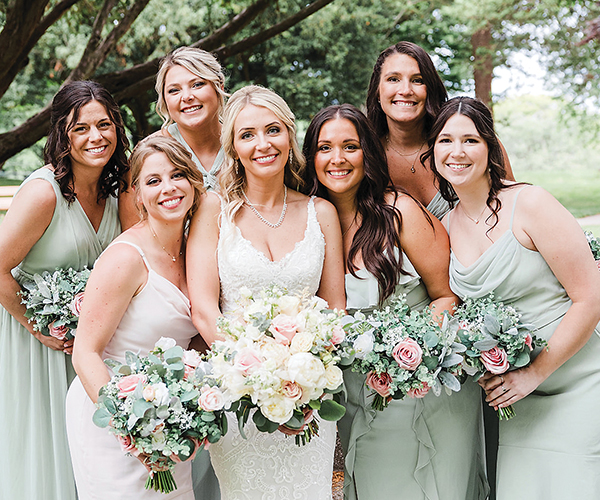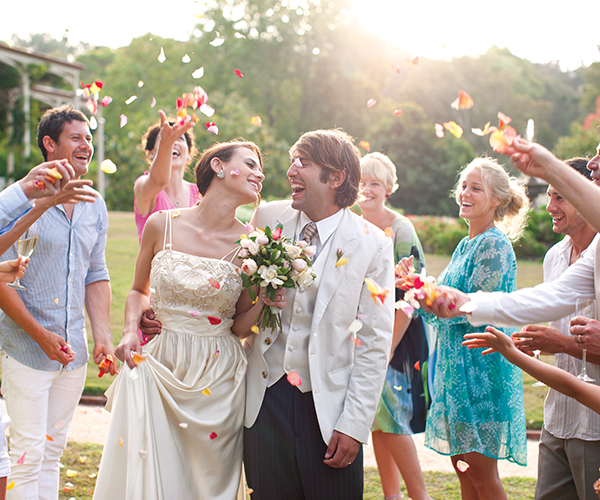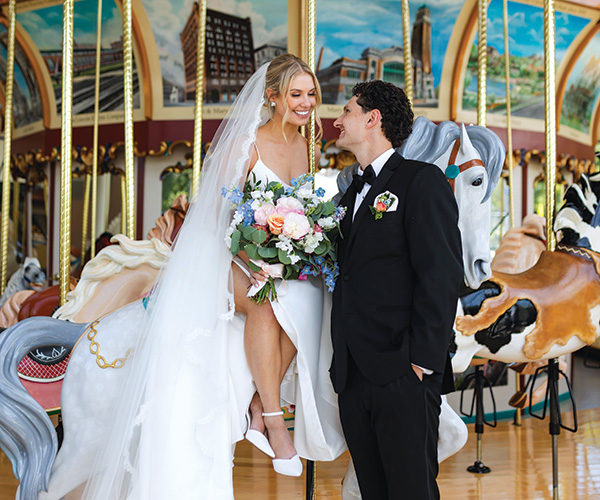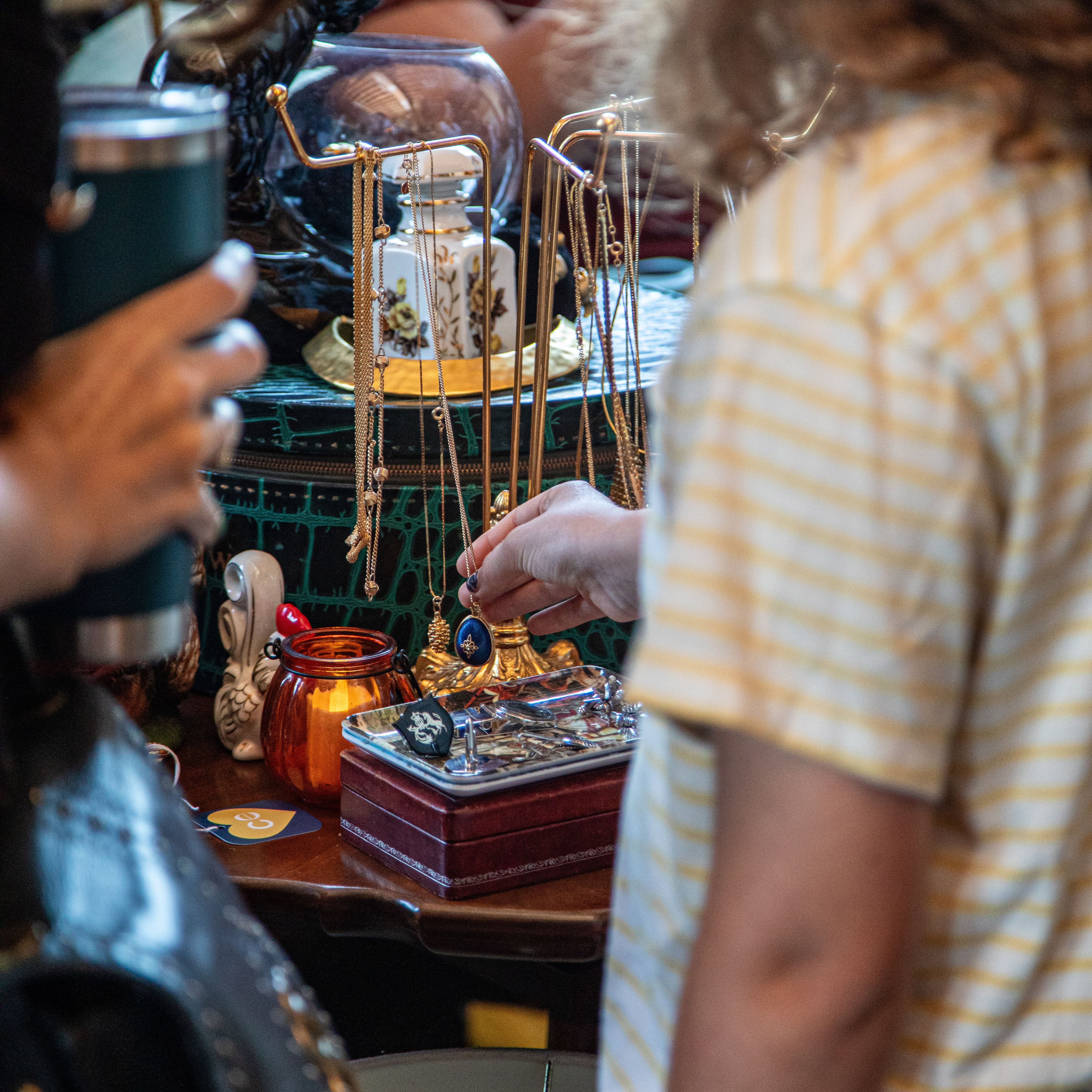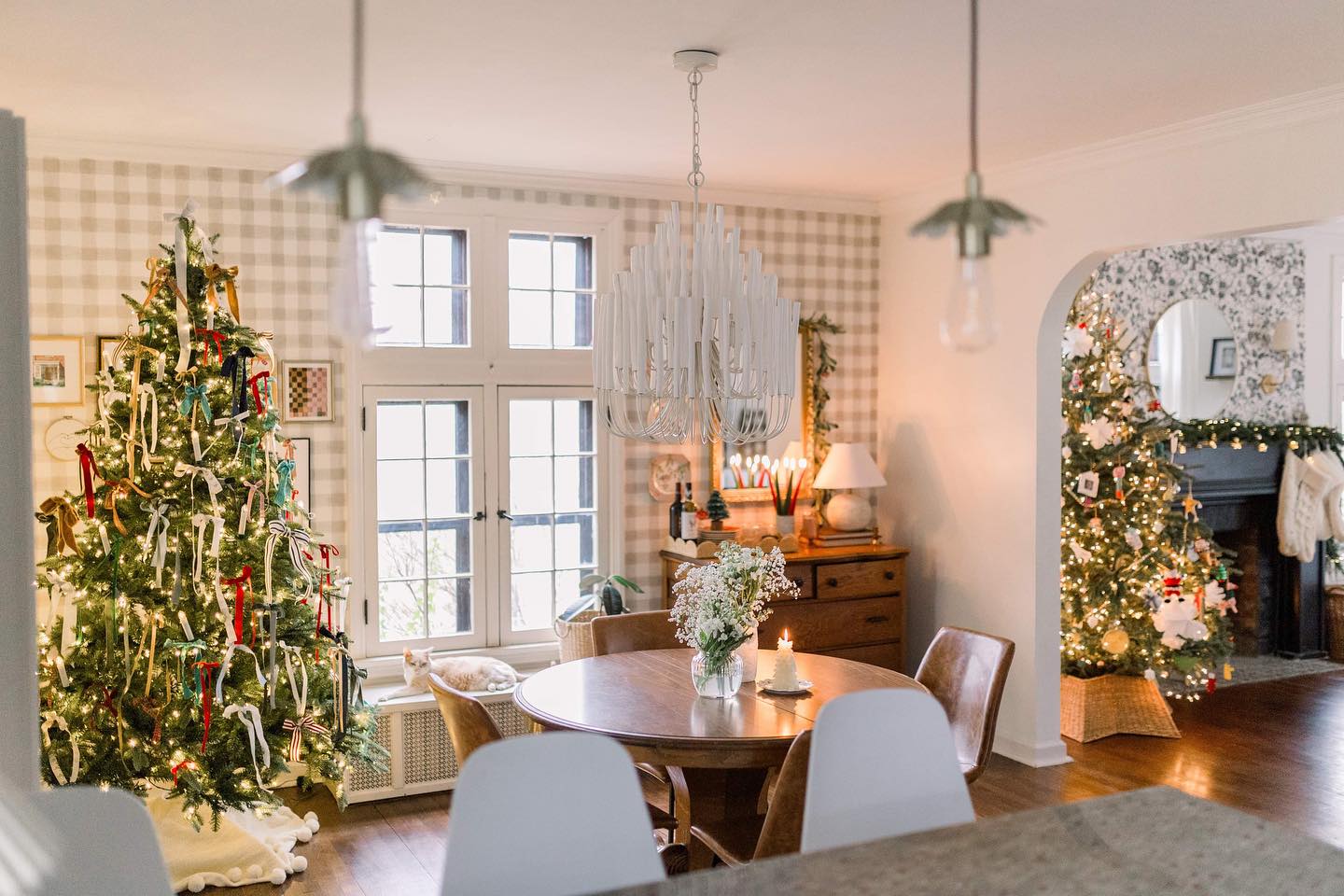How to Make an Environmental Difference in Your Own Cleveland Backyard
by Kristen Hampshire | Jul. 9, 2024 | 12:00 PM

iStock Photo, Illustration by Melissa Mintz
Native gardening is a “buzzy” word, says Bethany Majeski, center manager at Cleveland Metroparks Watershed Stewardship Center.
Plants adapted to Ohio soils and environmental conditions that thrive without man-made TLC like herbicides to fend off pests and require fewer inputs (water, nutrients) to survive. And they naturally attract pollinators. We’re talking birds, bees, butterflies and all kinds of helpful bugs that do good work.
“It really is a case of, if you plant it they will come,” Majeski says.
Why bother with pollinators?
Bees actually pollinate one-third of the food we eat.
“If you close your eyes and think of a very typical cityscape or suburban landscape or even rural agricultural fields, they tend to not be diverse in the types of plants that exist,” Majeski explains. “They may benefit the human eye, but it’s not necessarily what wildlife needs.”
So, what can you do about it?
A lot, actually.
“Just like voting, if no one voted because they felt like they can’t make a difference with one ballot, we’d have a great big problem,” says Nick Mikash, natural resources manager at Shaker Lakes. “We can take small steps in our own yards that make a real difference you can see and experience.”
Majeski agrees. “Sometimes these environmental issues feel larger than us. But there are very easy, tangible, small acts you can do and really observe the change.”
Here are three ways to make a change at home, without a lot of work and in gradual steps, that can invite friendly wildlife into your yard, save water and reduce the utility expense and establish an attractive ecosystem that is even “showy, neat and HOA appropriate,” Majeski says.
RELATED: 5 Veggies And Herbs for Your Home Garden
Make Super Soil
Composting doesn’t have to be all that scientific — or all that stinky.
You can buy a bin or tumbler online, make your own using a trash can or plastic storage container (drill holes in it), or hammer together a wood-post setup. There are loads of online tutorials to guide the way.
“People picture rotting food in the back yard and everything you don’t want, but composting is easy and doesn’t require a lot of time, effort or energy to get results,” Majeski says. She has 10-by-4-foot bins in her backyard and mixes salad scraps and banana peels along with other produce leftovers with leaves and organic material from the yard. Balance of nitrogen (fresh scraps) and carbon (dry plant material) is key.
“I’m lazy with mine,” Mikash admits, “I don’t go out and turn it every week, but if you are mixing in perishable food scraps with weeds, grass clippings and leaves, it breaks down quickly.” What results from compost is rich, fortifying soil you can mix into a garden, use as topdressing on landscape beds for free.
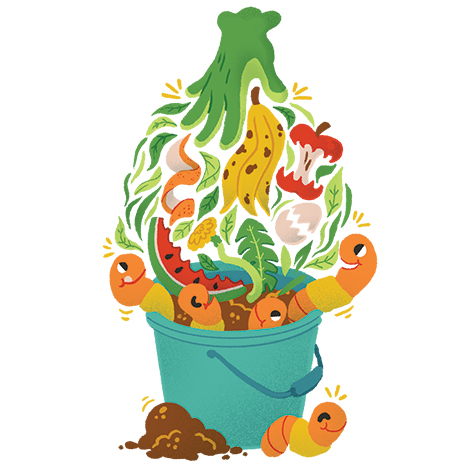
Harvest Rainwater
Retaining water in the landscape reduces utility bills, benefits plants and alleviates pressure on the sewer system, including preventing harmful materials from seeping into stormwater drains. A basic rain barrel that captures water from gutter downspouts can provide water for container plantings and gardens.
Or, cultivate a rain garden by directing downspouts into a storm water runoff zone with native plantings that like wet feet. Plants that survive especially soppy conditions include Cardinal flower and Great Blue Lobelia. “Both also attract butterflies and hummingbirds,” Majeski says.
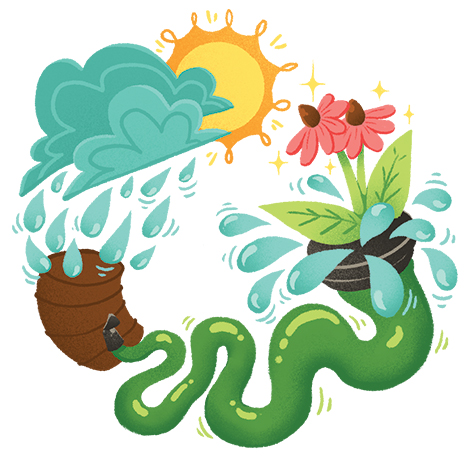
Swap Plants
You don’t need an elaborate landscape plan or a large budget to acquire native plants. Rather than reaching for boxwood — “everyone loves to plant it,” says Native Landscapes and Gardens’ Marc Wise — look toward native holly for a structured landscape.
Love hydrangeas? There are six species commonly grown in Ohio, including the cultivars ‘Double Delights Perfection,’ ‘Snowflake,’ Great Star’ and ‘Invincibelle Spirit.’ These attract pollinators and are easier to care for.
Swamp milkweed attracts monarch butterflies. “When you plant it, you’re creating a learning environment for kids to engage with nature,” Wise says.
Debunking a misunderstanding that all native plants are weeds, Majeski calls out varieties that bring her home landscape alive with buzzing, humming and beneficial insects that are a critical bottom rung on the food chain. Partridge-pea produces clusters of yellow blooms, maintains a low growing height and is “a pollinator magnet,” she says.
Buttonbush is known for its showy white puffball flowers and glossy green leaves. “It thrives all day in heavy, wet clay,” says Majeski, describing the bulk of Northeast Ohio soils.

RELATED: Cleveland Experts Help Prepare Your Garden for Growing Season
No yard? No problem. Plant a perennial container in a few simple steps. Shaker Lakes’ Nick Mikash explains how.
Pollinator Perennial Container: “We are well trained as consumers to go out every year, spend money for a few pots of annuals, and at the end of the season throw them away and go back to a nursery to buy more,” Mikash says.
There’s a better way. Plant native perennials in a container. When selecting plants, think, “thrills, fills and spills.”
Thrills: “Go for height and statement. Mikash recommends varieties like cardinal flower that grows up to 2 feet tall when mature and is “redder than red.” Another choice is coneflower, echinacea, available in a spectrum of colors.
Fills: These plants populate the container space and give it a lush feel. Ferns and wild ginger are options, and coneflower can double as a filler when a taller thriller is center stage
Spills: “Grassy foliage flows over the pot,” Mikash says of the way spillers like creeping phlox and sedges mask a container and make the arrangement look like a mini landscape bed.
For more updates about Cleveland, sign up for our Cleveland Magazine Daily newsletter, delivered to your inbox six times a week.
Cleveland Magazine is also available in print, publishing 12 times a year with immersive features, helpful guides and beautiful photography and design.Trending
-
1
-
2
-
3
-
4
-
5


